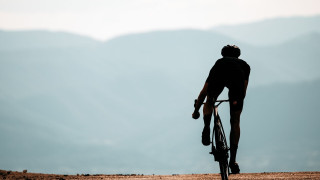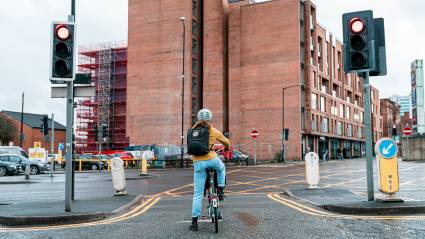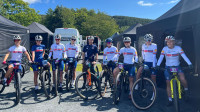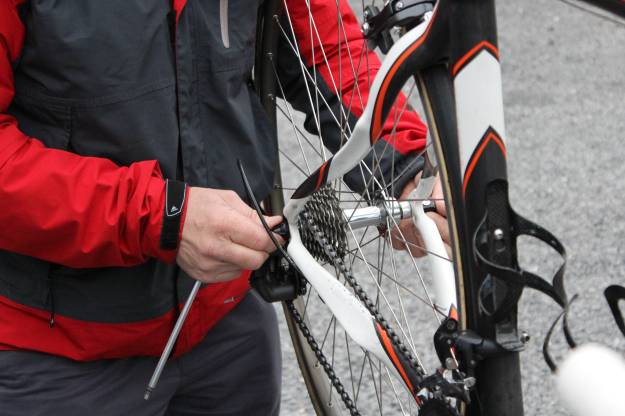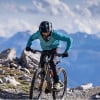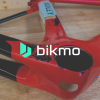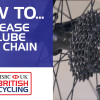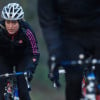With a redesigned S-Series we talk to Philip Spearman, Product Education at Cervélo. In this first article, we discover the process behind designing a new range.
Insight Zone: Why have Cervélo decided to overhaul to S-Series?
Cervélo: The S5 was last redesigned in 2014 and the S3 that’s currently in place back in 2013. At Cervélo we tend to work to a 4 year cycle with our bikes, always trying to learn from previous projects. We use a term internally “Contemporary Stiffness Requirements”, which refers to the fact that our expectations of a bike today will be radically different to four years ago as we learn more and strive to give people more performance. It takes time to make upgrades and adapt to new requirements such as tyre size, wheel expectations and disc brakes. We also felt we have a lot to offer after working through the C Series and the R Series, we knew we could inject some real change into the S Series.
Insight Zone: How are CFD (Computational Fluid Dynamics) and wind tunnel testing used during the design process?
Cervélo: CFD is really the design tool and now, the tunnel is for testing out those designs. Originally everything was done in the tunnel. The designers and engineers would have an idea, they’d build it and then take it to the tunnel to test. However, with the arrival of CFD and having full-time aerodynamicists onboard, it allows the design process to be much faster, more efficient and reactive. Once we have a design that appears to work on CFD, we can then go to the tunnel for validation. In an ideal world they jive and what we see on CFD is what we see in the tunnel. If that’s not the case then we have the chance to go back to CFD, do a load more design work and then return to the tunnel. We can work in cycles like this until we get it right.

Insight Zone: How important then is real world testing?
Cervélo: It’s essential. The S5 is a really good example of this. Throughout the design process, we’ll be giving prototypes to athletes that we think might answer the questions we’re trying to answer. With the team last year we knew we wanted to increase the stiffness number, so we rolled prototypes through the team and got their feedback.
It’s real world testing on a concept and once we have the first product in a mould that’s rideable, not ready for the market but rideable, we start getting it under people for more feedback. So, by the time a bike does come to market it has had thousands of kilometres of testing. There are always changes through this stage of the process. Is it stiff enough? Is it too stiff? Are these the right bolts? Does everything stay in place? Is it enjoyable and safe to ride? Eventually, when we’re 100% satisfied, the bike will go to market.

